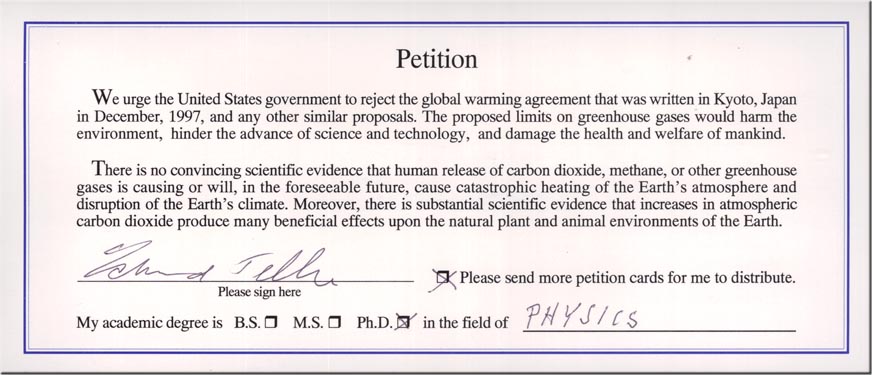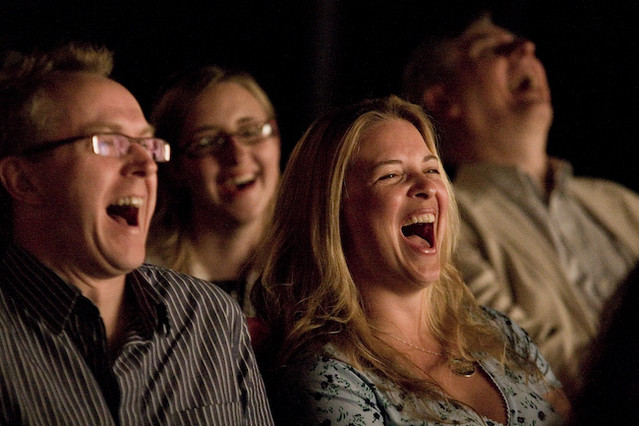Fact or Fiction?
We have all heard about global warming and its effects on the Earth. Basically global warming is the climate change that is happening on the Earth at an increasing rate. Some fun facts about global warming found at National Geographic are shown here:
• Average temperatures have climbed 1.4 degrees Fahrenheit (0.8 degree Celsius) around the world since 1880, much of this in recent decades, according to NASA’s Goddard Institute for Space Studies.
• The rate of warming is increasing. The 20th century’s last two decades were the hottest in 400 years and possibly the warmest for several millennia, according to a number of climate studies. And the United Nations’ Intergovernmental Panel on Climate Change (IPCC) reports that 11 of the past 12 years are among the dozen warmest since 1850.
• The Arctic is feeling the effects the most. Average temperatures in Alaska, western Canada, and eastern Russia have risen at twice the global average, according to the multinational Arctic Climate Impact Assessment report compiled between 2000 and 2004.
• Arctic ice is rapidly disappearing, and the region may have its first completely ice-free summer by 2040 or earlier. Polar bears and indigenous cultures are already suffering from the sea-ice loss.
• Glaciers and mountain snows are rapidly melting—for example, Montana’s Glacier National Park now has only 27 glaciers, versus 150 in 1910. In the Northern Hemisphere, thaws also come a week earlier in spring and freezes begin a week later.
• Coral reefs, which are highly sensitive to small changes in water temperature, suffered the worst bleaching—or die-off in response to stress—ever recorded in 1998, with some areas seeing bleach rates of 70 percent. Experts expect these sorts of events to increase in frequency and intensity in the next 50 years as sea temperatures rise.
• An upsurge in the amount of extreme weather events, such as wildfires, heat waves, and strong tropical storms, is also attributed in part to climate change by some experts.
So based on these facts about our planet we are left to decide whether we acknowledge it is happening, choose to ignore it, or just call it a hoax. It may seem silly to call it a hoax, based on fact and reason, but we are not here to judge. We are here to simply share the views of people who consider themselves “deniers”. My opinion in this should not be taken into account, I am merely sharing the views of others.

One interesting website that I had found was : Global Warming Hoax. A website devoted entirely to debunking the global warming idea. I enjoyed their tag line for the website: “Where only the Truth heats up”, I thought it was humorous. Many global warming deniers believe that the science hasn’t been tested completely and that the science is mixed. Here is a comic that some deniers, or skeptics, believe explains where they are coming from:
 There is actually a petition going around that scientists can sign stating that global warming is not man-made and it could actually be good for us. Here is what the petition looks like from Global Warming Petition Project:
There is actually a petition going around that scientists can sign stating that global warming is not man-made and it could actually be good for us. Here is what the petition looks like from Global Warming Petition Project:

So what do you think? Can global warming actually be good for us? And are we not actually the main cause?










 A nice picturesque place in Buchanan, New York, right across from the Hudson River. There is a debate about whether or not to shut this power plant down. This nuclear power plant produces nuclear energy, which is considered clean energy, but at what cost? A short but powerful video really takes this debate up a notch.
A nice picturesque place in Buchanan, New York, right across from the Hudson River. There is a debate about whether or not to shut this power plant down. This nuclear power plant produces nuclear energy, which is considered clean energy, but at what cost? A short but powerful video really takes this debate up a notch. 

 They run their machines for a couple of seconds, and it takes almost the amount of energy that the entire city of Cambridge uses! The downside to this is that they use so much energy, but they do not make nearly enough of it back. MIT is working on it though, the hope for the future is to someday be able to produce much more energy and create an alternative energy source that is more economically and earthly sound.
They run their machines for a couple of seconds, and it takes almost the amount of energy that the entire city of Cambridge uses! The downside to this is that they use so much energy, but they do not make nearly enough of it back. MIT is working on it though, the hope for the future is to someday be able to produce much more energy and create an alternative energy source that is more economically and earthly sound.
 There is actually a petition going around that scientists can sign stating that global warming is not man-made and it could actually be good for us. Here is what the petition looks like from
There is actually a petition going around that scientists can sign stating that global warming is not man-made and it could actually be good for us. Here is what the petition looks like from 
 Except in our class it was almost like a fork and one leg was in a cup of cold water and another in the cup of warm water. Towards the end of class it stopped working because the hot water cooled down and the cold became room temperature.
Except in our class it was almost like a fork and one leg was in a cup of cold water and another in the cup of warm water. Towards the end of class it stopped working because the hot water cooled down and the cold became room temperature.  This one was my favorite!
This one was my favorite!

 They claim to respectively not answer any questions. Which is constitutional, but unfair to all the tax payers, whose money they essentially stole.
They claim to respectively not answer any questions. Which is constitutional, but unfair to all the tax payers, whose money they essentially stole. 



